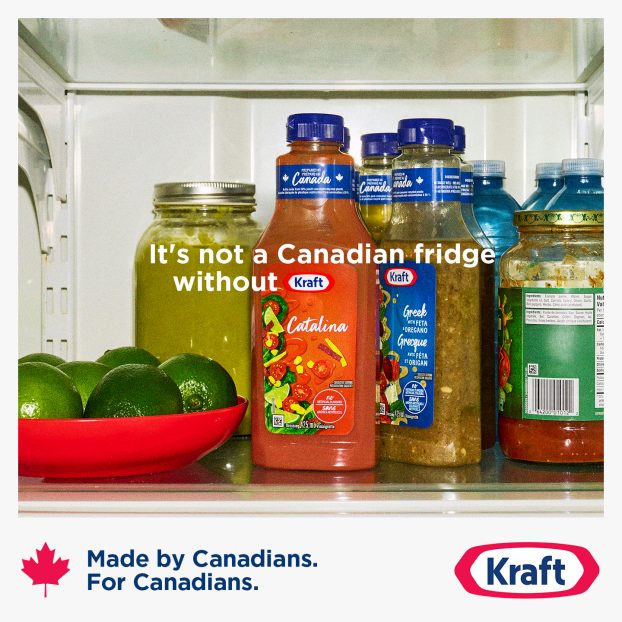David Bray is senior vice-president of Hennessy & Bray Communications, which includes RadioWorks, a full-service radio ad agency and consultancy, and EthnoWorks, an ethnic advertising service.
Even in this digital age, the tables keep turning.
Once again, the Canadian Radio-television and Telecommunications Commission has changed the playing field. After careful consideration and considerable lobbying, the powers that be in Ottawa have issued two new rulings that will dramatically affect the radio broadcasting community – and, in turn, advertisers.
As with any new bill, we must ask the question: Who is going to pay?
In recent years, the crtc has made tremendous strides toward deregulation. But its latest rulings point in two different directions. On the one hand, upping Canadian content requirements to 35% (with the implied promise of a move to 40% or more) imposes a significant restraint on broadcasters. On the other hand, opening the door to duopolies affords ownership groups the freedom to flex some serious marketing muscle with advertisers and listeners.
For starters, let’s do a cost/benefit analysis of upping Cancon.
While it’s easy to wave the flag (especially since Sheila Copps has distributed so many of them) it seems clear that the public is hearing more Cancon than they would choose for themselves. Although Cancon accounted for 30% of the music being playlisted on stations prior to the ruling, it accounted for only 12% of music sales – and there’s no reason to believe that 35% Cancon will increase sales in an already saturated market. Maybe the government will have to regulate personal cd collections. (‘If we don’t hear 35% Cancon coming out of your rec room during all dayparts, you’re in big trouble, mister.’)
On the plus side, the additional airplay will help Canadian artists through performing rights and neighboring rights income, not to mention increased exposure.
Performing rights fees are paid by stations and distributed through the Society of Composers, Authors & Music Publishers of Canada (socan) to the composers whose work receives airplay. Another crtc hearing took place in July to establish a new policy for neighboring rights, whereby performers will receive the same sort of compensation. Broadcasters will quickly pass the cost of this additional fee along to advertisers.
So will that many more Canadian artists receive exposure? Probably not. If anything, since the crtc removed the regulation limiting stations to 49% hits, programmers are tightening their playlists. The likelihood is that Canadian artists who do make the cut will simply be shifted into higher rotation. Congratulations, Celine. For marketers involved in sponsorship or endorsement deals with these performers, the news is great. Profile for selected artists will be at an all-time high. Shania will be everywhere, all the time.
While we all benefit when the Canadian recording industry thrives, sooner or later one has to ask the question: How much Cancon can you force-feed to audiences whose musical tastes aren’t determined by nationality?
While broadcasters will grumble about all this, they’re prepared to live with more Cancon as a trade-off for the gains made in the area of ownership.
The crtc ruling permitting duopolies (corporate ownership of two am and two fm stations in a single major market) will undoubtedly have dramatic economic consequences. In the u.s., where duopolies have been allowed since 1992, broadcasters have seen significant revenue growth.
Duopolies allow a single broadcaster to cluster complementary stations, so as to dominate a particular demographic. And once you dominate a demo, you can establish pricing for the market. So if advertisers need that demo, they are forced to pay a premium rate.
Until now, Canadian companies have been prohibited from owning more than one am and one fm station in any given market. With the crtc ruling, large broadcast groups are champing at the bit to buy a bigger foothold in major markets. Expect heated bidding among these groups for any available properties. When the smoke clears, a few select groups will undoubtedly control radio in Canada.
So, back to the original question: Who pays?
Well, the major broadcast groups will gladly pay the tab for a more influential voice in major markets. It will be increasingly difficult for smaller operators to remain viable. Advertisers, meanwhile, could ultimately face higher rates as a consequence of duopolies and neighboring rights.
As for increased Cancon, the grumbling will probably far outweigh the actual financial effects. Artists and their corporate sponsors, however, will benefit from increased exposure.
As the tables continue to turn, I find myself thinking about that old saying: ‘What goes around comes around.’ Let’s hope that the people who have long believed and invested in Canadian radio will be rewarded for their patience.
Also in this report:
– Downey plots a winning strategy: With the Toronto Maple Leafs, the Raptors and the Air Canada Centre all part of his portfolio, Michael Downey looks for ways to add value to the sports entertainment package p.14
– Driving sponsorship a challenge: Jensen p.16
– Cinema ads becoming feature attraction: As the quality of onscreen advertising has increased, so have the opportunities for advertisers to get their message in front of a captive audience p.17























